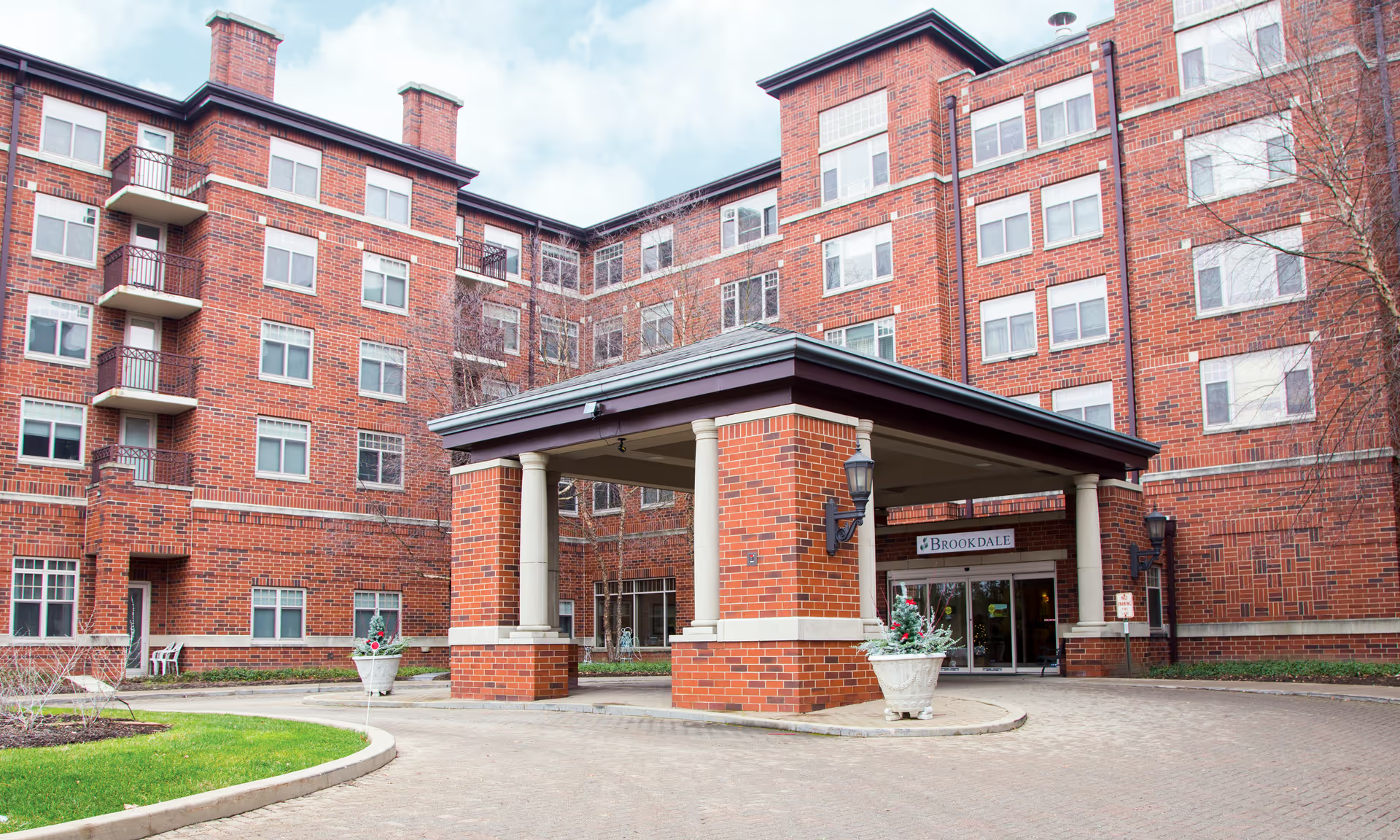The reviews present a highly mixed and polarized picture of Xenia Health and Rehab, with serious and repeated concerns about clinical care and operational issues alongside reports of genuinely caring staff and positive outcomes for some residents. The strongest and most frequent negative themes are understaffing, inconsistent caregiving, and incidents described as neglectful — reviewers reported missed medications, wounds attributed to neglect, patients being sent to the hospital or ICU after stays at the facility, and basic hygiene and toileting failures such as being left on a bedpan or not receiving baths for weeks. Several reviewers explicitly recommended avoiding the facility and mentioned plans to report the facility to state authorities or seek legal action, indicating these complaints are experienced as severe by those affected.
Staffing and care quality is a central dichotomy in these reviews. On one hand, multiple reviews single out individual employees for exemplary care — nurses Shea and Ashleigh, a staff member named Pristine, and some weekend aides received praise for compassion and competency. Some reviewers call the facility an excellent post-acute resource, note knowledgeable nurses, and describe a supportive environment and positive impact on a family member’s recovery. On the other hand, many reviewers describe chronic short staffing, heavy use of agency nurses, and inconsistent presence of caring aides. This inconsistency appears to drive much of the dissatisfaction: when regular, attentive staff are not available residents may experience delays in bathroom assistance, missed medications, poor wound care, and other serious lapses.
Facility cleanliness, dining, and amenities are also areas of clear contradiction. A number of reviewers describe the facility as clean, welcoming, and having amenities and activities that residents enjoy. Conversely, several others report dirty conditions, noticeable urine odor in rooms, and overall unhygienic conditions linked to the care concerns. Food is a repeatedly cited problem: reports of cold and poor-quality meals, unbalanced meals served hot but inedible, and meals served in foam cups; additionally, at least one reviewer reported no appropriate diabetic diet planning and a failed attempt to resolve meal issues with the dietitian.
Communication and management problem patterns recur across reviews. Complaints include unreturned phone calls, staff who hang up or are rude, and critical support roles (social worker, activity director, financial director) being described as unhelpful or absent. One reviewer noted seeing a physician only once during about six weeks, which raises concerns about medical oversight and care planning. There are also allegations of unprofessional or abusive behavior by staff members — yelling at residents, insulting family members, and treating residents as insignificant — which several reviewers found distressing enough to demand staff terminations or state reports. A separate report of dishonesty by a staff member named Brandon regarding a food order adds to trust and management concerns.
Overall sentiment is mixed but leans negative due to the severity and frequency of clinical neglect and operational failures reported. The positive comments indicate that parts of the facility and some employees provide high-quality, compassionate care; however, the recurring themes of understaffing, missed medical needs, poor hygiene, unreliable communication, and food/dietary failures amount to systemic risk factors that several reviewers found intolerable. The pattern suggests inconsistency across shifts and staff, with good outcomes often tied to specific individuals rather than facility-wide practices. For families and prospective residents, these reviews indicate the importance of asking detailed questions about staffing ratios, on-site medical oversight, wound care protocols, dining accommodations (especially for diabetics), and how complaints are handled — and to seek recent independent inspection or survey results to corroborate current conditions.







